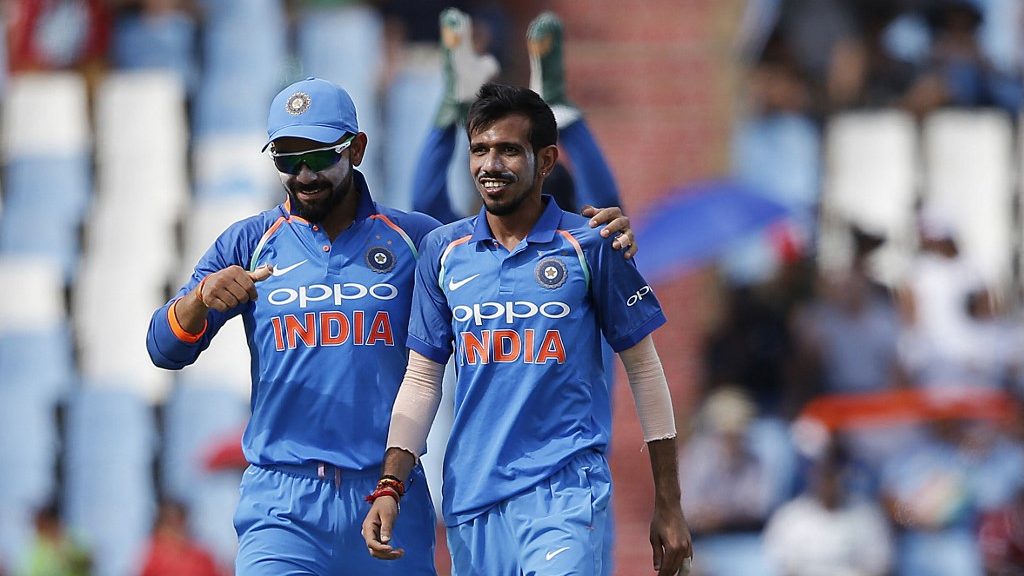IND vs WI: 1st ODI, Stats Preview – Upcoming records and approaching milestones

After losing both Test and ODI series against South Africa, Team India is back at home to face West Indies for the limited-overs series with the ODI leg starting from February 06, 2022, at the Narendra Modi Stadium in Ahmedabad. All three matches will be played at the same venue on 6th, 9th, and 11th followed by three T20 internationals which will be hosted at Eden Gardens in Kolkata.
Kieron Pollard-led West Indies team is coming fresh from the T20I series victory against England. The hosts beat the 2019 World Cup winners by a 3-2 margin in the five-match series. In the last 50-overs series which the West Indies played, they got shocked by the Irishmen as the Men in Maroon lost the series 2-1 on their home soil.
Team India also lost their last series when they got blanked 3-0 recently by Temba Bavuma’s South African side. Both teams will look to get back on winning ways in the ODI format and start preparing for the 2023 World Cup which is around one and a half years away from now.
Meanwhile, here are some of the important stats and numbers ahead of India vs West Indies, 1st ODI:
1 – Yuzvendra Chahal (99) is one wicket away from completing 100 scalps in ODIs.
4 – Darren Bravo (246) requires four fours to reach 250 fours in ODIs.
1000 – Team India will be playing the 1000th ODI match.
94 – Rohit Sharma and Virat Kohli with 4906 runs partnership needs 94 more to complete 5000 runs together in ODIs.
2 – Shai Hope (298) is two fours away from completing 300 fours in the ODI format.
4 – Nicholas Pooran (95) needs four fours to reach 100 fours in the 50-overs format.
12 – Rishabh Pant (2988) needs 12 runs to reach 3000 runs across formats.
46 – Jason Holder (1954) requires 46 runs to complete 2000 runs in ODIs.
6 – Virat Kohli (4994) requires six runs to reach 5000 runs in ODIs at home.
1 – Fabian Allen (49) needs one match to reach 50 matches in international cricket.
5 – Holder (145) is five boundaries away from reaching 150 fours in the ODI format.
